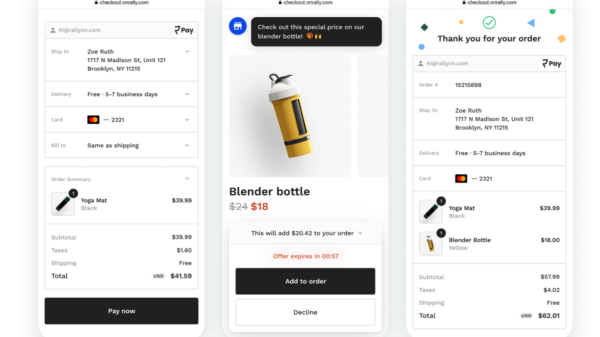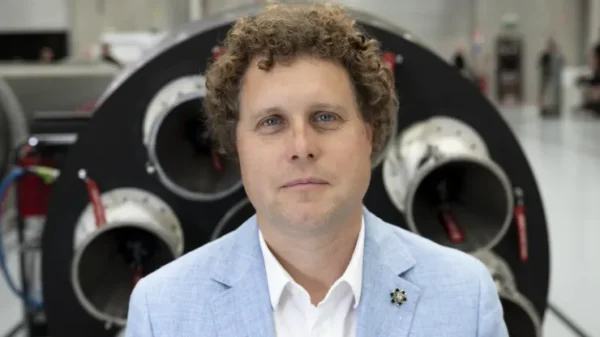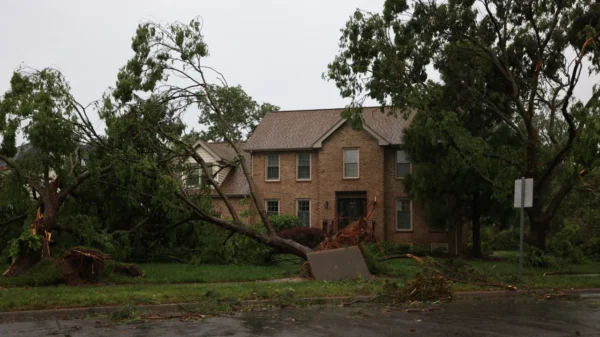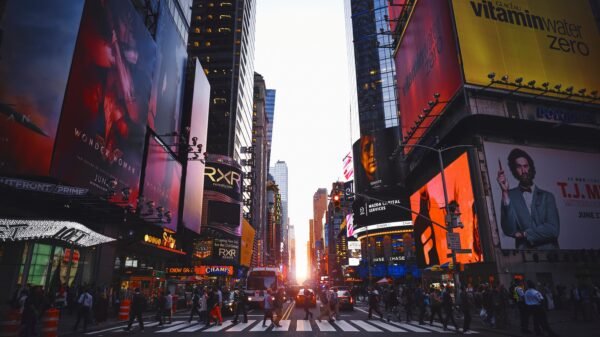Hailing from Hull, Massachusetts, Jaime Lee Simmons is a story of survival, a stand up comedian, podcast host, content creator, and avid mental health advocate.
During her early childhood, Jaime Lee had to mature and grow up at a young age as she watched her father, Eric M. Simmons, a well known Boston Stone Mason, get addicted to his back painkiller medication which spiraled him into into a devastating addiction. He later became a prescription drug lord on the south shore of Massachusetts.
She had to spend her high school years with both her sister, Jessica Ann Simmons, and her father in jail. Her sister and father passed away from drug overdoses, and her family fell apart. Forced into a parental role, she was made to help raise her siblings while maintaining a 4.39 high school GPA, and turned to marketing & social media as her way out of poverty and pain. Jaime Lee graduated at 18 with high honors from Hull High School in June and was ranked 6th in a class of 74 students.
Jaime Lee recalls a homework assignment where she was instructed to write a poem about a recent article in the news. She wrote about her father’s recent arrest, and subsequent harassment and isolation by the people in her hometown.
She wrote in part: Your words, too fast off your tongue and onto the newspaper website, your convictions fly, the ignorant townspeople’s comments along with them.
Although this experience was extremely traumatic, it made Jaime Lee the strong woman she is today. From being severely bullied by not only students, but their parents and family members, she was also faced with her family’s situation constantly on the front page of every local newspaper.
Instead of allowing this to stop her bright future, Jaime allowed her family and past to fuel her, and went on to graduate from the University of Vermont with a Bachelor of Business Administration (B.B.A.), Marketing & Entrepreneurship and minor in Computer Science.
After college, she worked as a bartender & started her career at ThriveHive, the top digital marketing agency in Boston, Massachusetts. She has 4 years experience as a Digital Marketing Consultant and Field Sales Representative working with 100s of businesses across the country to grow their revenue using a custom paid digital ad strategy. While working her way up in the company by being promoted 3x in 3 years, she became a top sales rep in her office, winning the President’s Club Award 2x in a row. A businesswoman to the core, Jaime Lee decided to take a risk on herself and use her marketing knowledge to promote and work for herself. She Quit ThriveHive in June 2020 and started an OnlyFans to allow her to pursue Stand-Up Comedy and social media full time.
While in a new state after receiving a promotion, Jaime Lee started doing comedy on the side to make friends, and within 8 months had her first headlining stand-up gig. Her comedy and social media has not gone unnoticed by other comedians, as she was noticed by Joey CoCo Diaz on Twitter & mentioned on his podcast for her successful marketing strategy mixing Comedy and OnlyFans by doing Topless Comedy on the popular adult site.
In the height of the Covid pandemic and Black Lives Matter Movement, Jaime Lee decided to host a Live Online Topless Comedy Show. Instead of posting on Onlyfans and keeping the money for herself, she decided to do a separate show off of OnlyFans and donate all proceeds to different Black Lives Matter charities. Jaime was aware that this was controversial but knew two things; 1) it would cause enough conversation to help promote the fundraiser, therefore, raising more money and 2) this was the perfect way to get people who didn’t already donate or who were not in support of the movement to subsequently donate their money to the cause. After posting in comedy Facebook groups across the country to get comics to perform & sell tickets, she immediately received backlash in the comedy community for the polarizing show. However, many comics were in support of her show as many male comics take their shirts off during shows and there are known “naked” comedy shows across the country. Comics from across the country flooded her messages to offer to do the show and help promote it. The turnout for the show was huge and in the matter of a few hours, she was able to raise over $4000 for charity. Given the outpouring of support for the initial show, the comics decided to do a second fundraising show in July.
Over the pandemic, Jaime Lee and her best friend Emily Wade used comedy and cannabis to keep positive spirits. The two decided to start a stoner, Stand-Up Comedy podcast called 2 Girls 1 Blunt that launched on April 20, 2021. Within 5 months, 2 Girls 1 Blunt was picked up by Haze Radio Network growing the monthly podcast downloads to over 650,000. On the podcast, Jaime Lee and Emily interview Comedians, Adult Actresses like Mia Malkova, Influencers, and Cannabis Content Creators. She is known for her relatability, vulgar jokes, and unique take on spirituality and mental health given her upbringing. Jaime Lee always puts a funny twist on sharing her life; the good, the bad, and the messy.
Due to Jaime Lee’s growing social media presence & comedy, she appeared on a show at the Haha Comedy Club in LA with Jeffery Ross, Tony Rock, Jessimae Peluso, Brian Scolaro, and Doug Bensen. She has performed at Improvs and comedy clubs across the country, including the Only in Dade Bad Bitches Comedy Show at the Miami Improv in Doral, FL. Jaime Lee was mentioned on Bertcast by Bert Kreischer and Rachel Wolfson for her podcast 2 Girls 1 Blunt.
Jaime Lee has used her past trauma to break generational cycles and change the outcome for both her and her family’s lives. She is a genuine example of resilience and how you can turn even the worst of situations into something meaningful, but also funny.















































